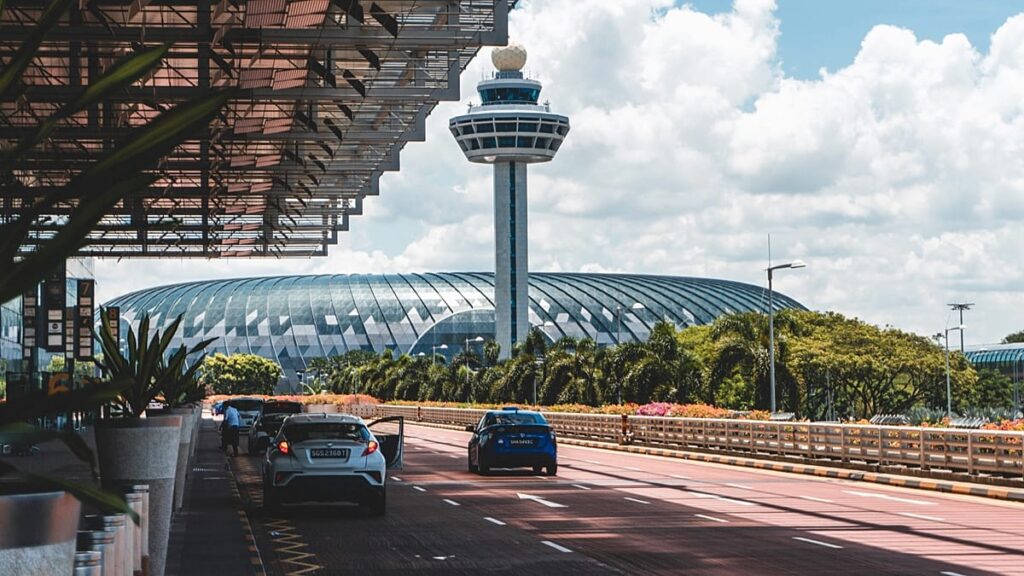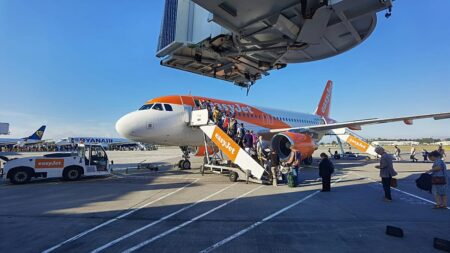Published on
Singapore is poised to become the first country in the world to sting travellers with a green fuel tax.
Last week, the Civil Aviation Authority of Singapore (CAAS) confirmed its Sustainable Aviation Fuel (SAF) Levy for all passengers who depart from the country to another destination.
The tax is set based on the volume of SAF needed to meet its one per cent SAF target for 2026, as well as the projected price premium of SAF and “other associated costs”.
Singapore’s air tax. How much will I have to pay?
The levy varies based on the distanceflyers are travelling, and has been categorised into four geographical bands.
Europe, along with Africa, Central and West Asia, the Middle East, Pacific Islands and New Zealand, has been placed in band four.
This is subject to a S$6.40 (€4.24) tax per passenger for economy cabins (which includes Premium Economy seats) and a S$25.60 (€16.96) tax for premium cabins, which includes business class and first class.
The Americas have been placed in band five, and will be subject to a S$10.40 (€6.89) and S$41.60 (€27.57) charge, respectively.
Band two, which includes Northeast Asia, South Asia,Australiaand Papua New Guinea will be hit with a S$3.80 (€2.52) and S$11.20 (€7.42) charge.
Southeast Asia is the only area in band one, with passengers only having to pay S$1 (€0.66) or S$4 (€2.65) depending on their cabin class.
Flyers transiting through Singapore will not be stung by the charge.
What if I’m on a connecting flight?
For flights with multiple stops, the SAF levy is only applied on the “immediate next destination” after departing Singapore.
For example, if you’re flying from Singapore to Paris via a layover in Amsterdam, you will only have to pay the levy on the Singapore to Amsterdam part of the journey.
The airline will collect the SAF Levy and must display the tax as a “distinct line item” on the air ticket when sold.
Certain flights, such as training flights and flights for charitable or humanitarian purposes, will not be subject to the levy.
Singapore’s sustainability efforts
Last year, CAAS released the Singapore Sustainable Air Hub Blueprint, outlining the country’s approach to sustainable growth in the aviation sector.
This plan aims to reduce domestic aviation emissions from airport operations by 20 per cent from 2019 levels by 2030, and to achieve net-zero domestic and international aviation emissions by 2050.
Director-General of CAAS Han Hok Juan says the new rules mark a major step in Singapore’s effort to build a “more sustainable and competitive” air hub.
“It provides a mechanism for all aviation users to do their part to contribute sustainability at a cost which is manageable for the air hub,” he adds.
“We need to make a start. We have done so in a measured way and we are giving industry, businesses and the public time to adjust.”
Read the full article here














